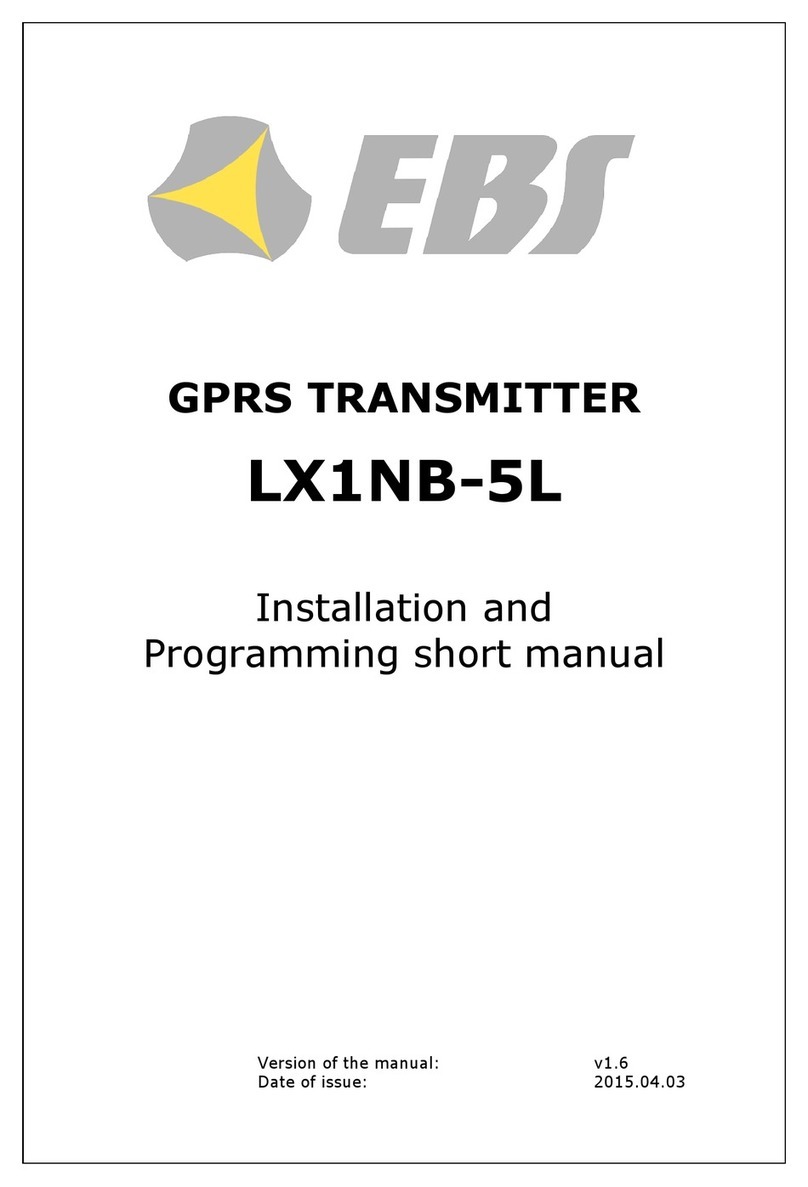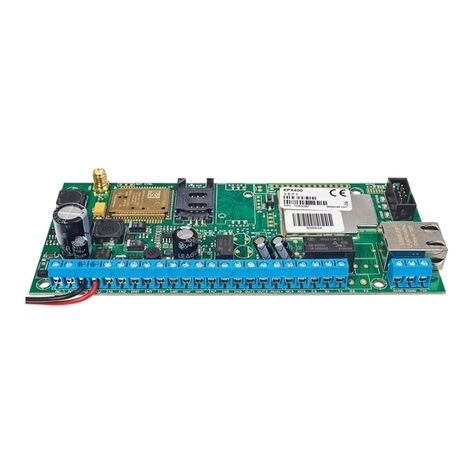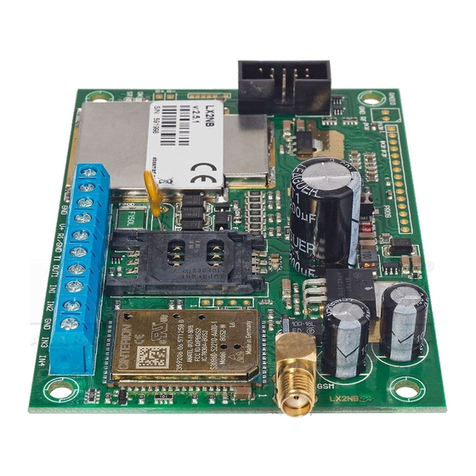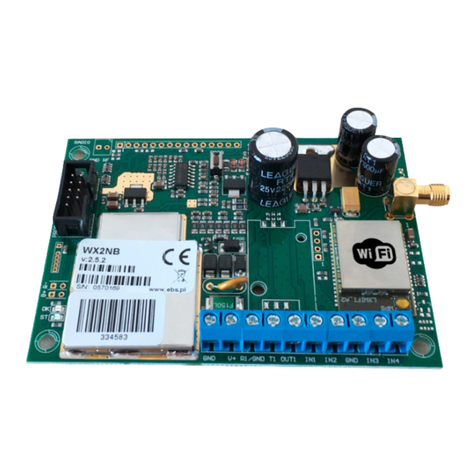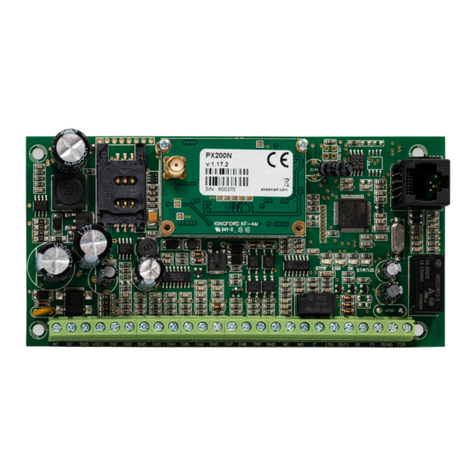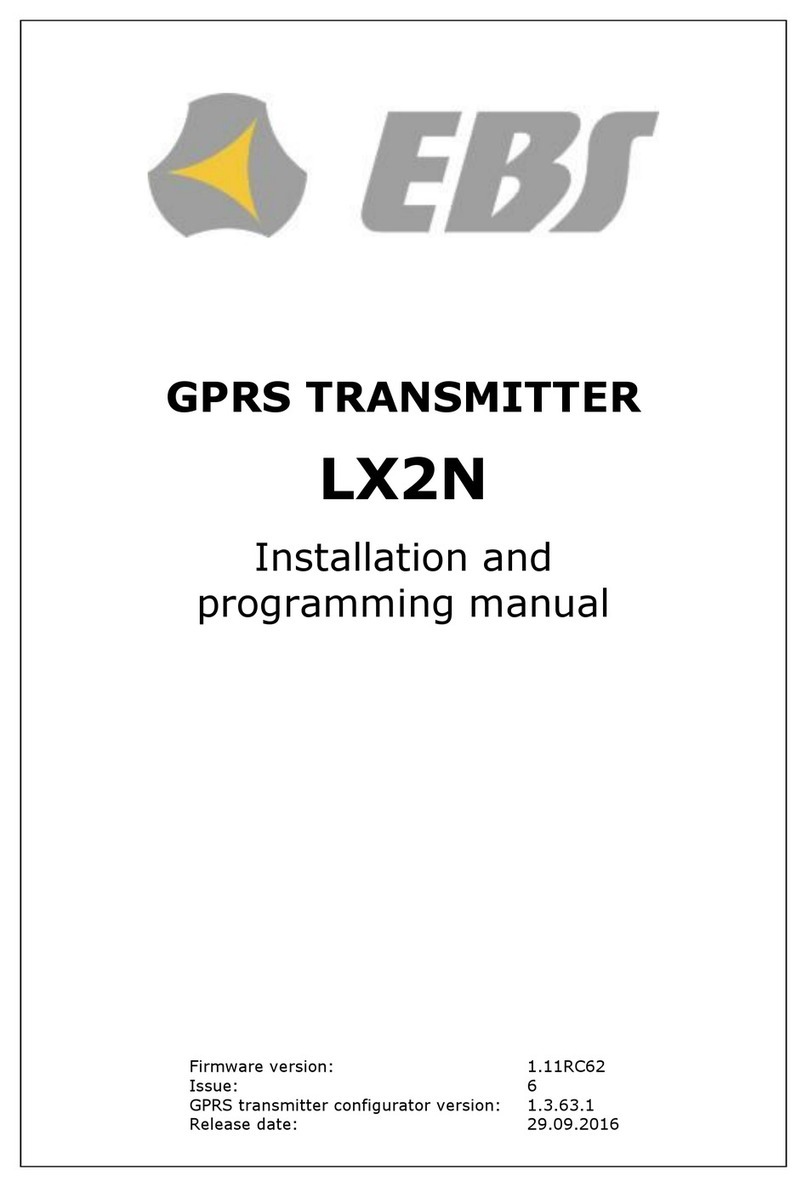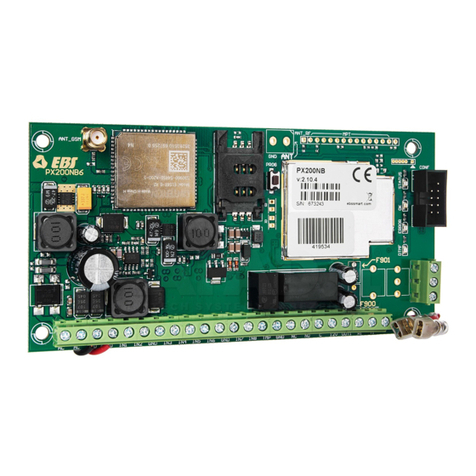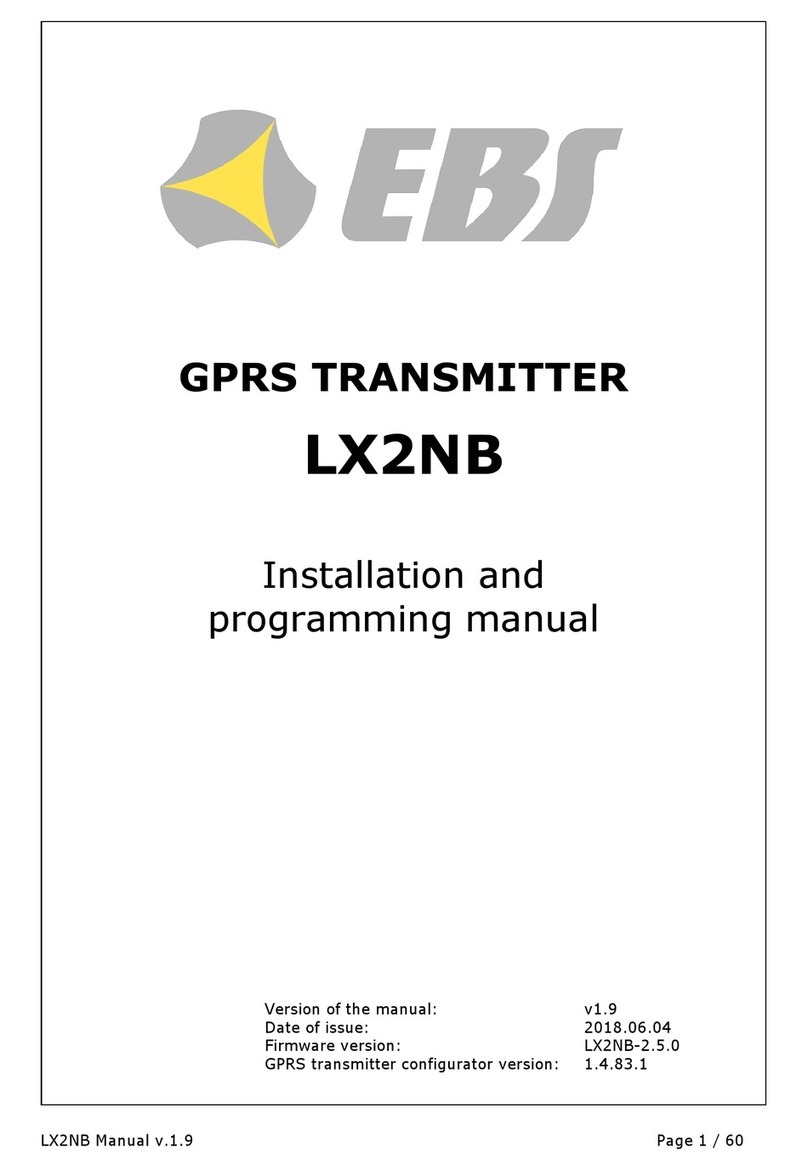LX20B –Manual Page 4 / 67
7.3.3.2. Conditions ................................................................................... 36
7.3.3.3. Additional conditions ..................................................................... 37
7.3.4. Advanced outputs control ..................................................................... 37
7.3.4.1. Output 1/Output 2 ........................................................................ 38
7.3.4.2. Time of output activation............................................................... 38
7.3.4.3. Event: CLIP ................................................................................. 39
7.4. Monitoring .......................................................................................................................... 39
7.4.1. GPRS On / GPRS Off ............................................................................ 39
7.4.2. SMS On / SMS Off ............................................................................... 39
7.4.3. Skip initial state .................................................................................. 40
7.4.4. Power loss.......................................................................................... 40
7.4.5. Event: CLIP ........................................................................................ 40
7.5. Restrictions ........................................................................................................................ 40
7.5.1. SMS Authorized phones ....................................................................... 40
7.5.2. GSM modems authorized phones .......................................................... 41
7.5.3. Validity period of outgoing SMS messages .............................................. 42
7.5.4. SMS limits .......................................................................................... 42
7.6. SMS notifications .............................................................................................................. 42
7.6.1. Phone numbers................................................................................... 43
7.6.2. Events ............................................................................................... 43
7.6.3. SMS user tests.................................................................................... 44
7.6.4. Status................................................................................................ 45
7.6.5. SMS Forward ...................................................................................... 46
7.7. Link control ........................................................................................................................ 47
7.7.1. GSM .................................................................................................. 47
7.7.2. GPRS ................................................................................................. 48
7.8. RS232.................................................................................................................................. 48
7.8.1. Serial port settings .............................................................................. 49
7.8.2. Buffer flushing .................................................................................... 49
7.8.3. Advanced port options ......................................................................... 50
7.8.3.1. Disable data receiving ................................................................... 50
7.8.3.2. Disable data sending..................................................................... 50
7.8.3.3. Half Duplex mode ......................................................................... 50
7.8.3.4. Tests of device connection to port................................................... 50
7.9. Phone line........................................................................................................................... 50
7.9.1. Phone line .......................................................................................... 51
7.9.1.1. Use external phone line................................................................. 51
7.9.1.2. Disconnect external phone when server connected ........................... 51
7.9.1.3. Monitor external phone line voltage ................................................ 51
7.9.1.4. Report off-hook ............................................................................ 52
7.9.1.5. Report intervals between dialled digits ............................................ 52
7.9.1.6. Generate dial tone ........................................................................ 52
7.9.1.7. Detect off-hook ............................................................................ 52
7.9.2. First and Second phone number ............................................................ 52
7.9.2.1. DTMF phone number..................................................................... 52
7.9.2.2. Handshake delay .......................................................................... 53
7.9.2.3. Protocol....................................................................................... 53
7.10. Firmware............................................................................................................................. 54
7.11. Device monitor .................................................................................................................. 54
7.12. Events history.................................................................................................................... 56
8. Device programming ...................................................................................... 58
8.1. Local programing .............................................................................................................. 58
8.2. Remote programming...................................................................................................... 58
8.2.1. The first programming of device............................................................ 59
8.2.2. Reprogramming of device..................................................................... 59
9. Receiving of sms message .............................................................................. 61
9.1. Description of the protocol ............................................................................................. 61
